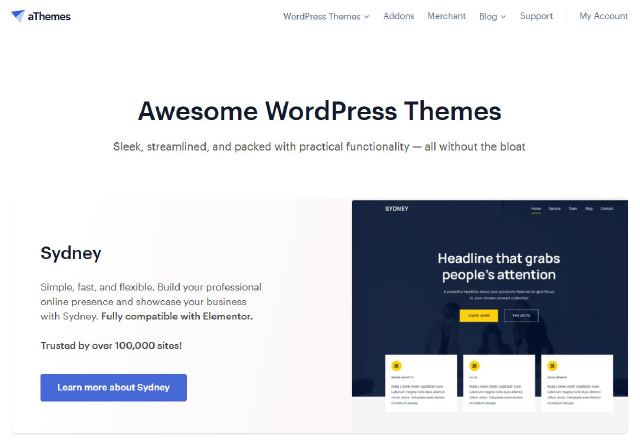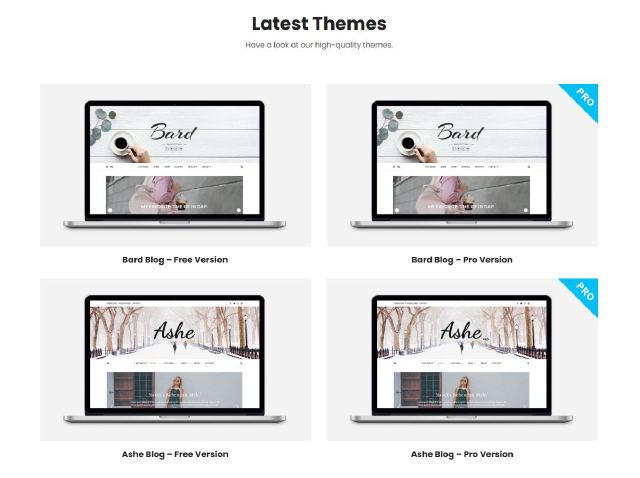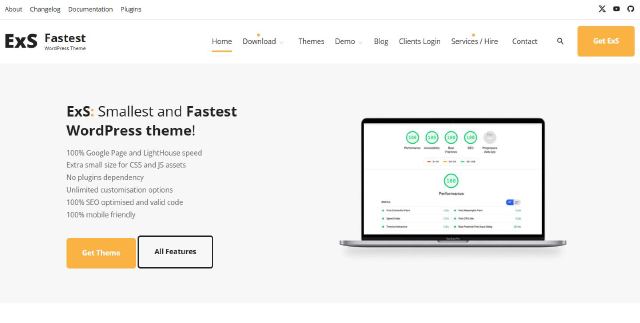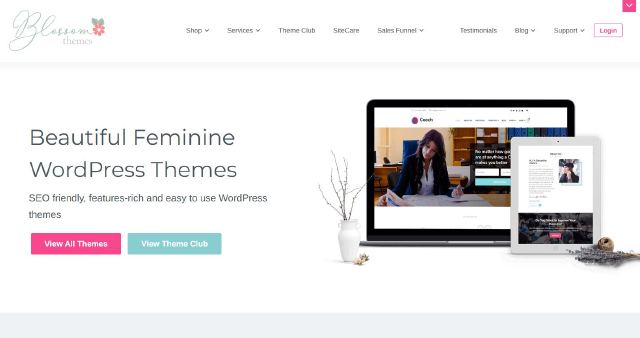In the digital world, where attention spans are short, readability is a key factor in engaging and retaining visitors.
The design, layout, and typography of your WordPress theme collectively contribute to user experience.
In this blog post, we’ll explore why readability matters and provide practical tips to improve it on your website.

Why Readability Matters
Readability directly influences the user experience. When content is easy to read, visitors are more likely to stay on your site longer, engage with your content, and explore other pages. Here are the main reasons why readability is crucial:
User Engagement: Readable content captivates users and encourages them to spend more time on your website. This leads to higher engagement, lower bounce rates, and better overall performance.
Accessibility: A readable website is accessible to everyone, including people with visual impairments or learning disabilities. By improving readability, you ensure your content can be consumed by a wider audience, making your site more inclusive.
Content Consumption: Clear, easy-to-read text allows visitors to digest information quickly. When typography and formatting are done right, it helps users process information without straining their eyes, which encourages them to read more.
Brand Credibility: A clean, readable design can elevate the perception of your brand. Websites that are visually appealing and easy to navigate foster trust, which is essential for building long-term relationships with your audience.
Practical Tips for Enhancing Readability
Choose the Right Fonts
The font you choose plays a significant role in readability. Opt for legible fonts with good spacing. Avoid overly decorative fonts that might confuse readers. Choose a font size that is easy to read on all devices. Additionally, ensure there is enough contrast between the text and background to improve visibility, especially for users with visual impairments.
Pay Attention to Font Size and Spacing
Strike the right balance between font size and line length. Text that is too small can make reading difficult, while excessively long lines can make the content harder to follow. Proper line height and paragraph spacing are essential for enhancing readability. Adequate spacing ensures that your visitors’ eyes can follow the text without strain.
Utilize Contrast for Better Clarity
Make sure that there’s sufficient contrast between text and background colors. This simple adjustment can make a big difference, particularly for readers with visual impairments. High contrast helps the text stand out and improves readability, especially in various lighting conditions.
Responsive Design for Optimal Readability
Responsive design is crucial to ensure that your website remains readable across different devices.
Whether viewed on a desktop or a mobile device, your content should be easy to read without zooming in.
Test your theme on various screen sizes to make sure text remains legible and well-spaced. A responsive theme that adapts to different screen sizes ensures that your content is always accessible, regardless of the device used.
Organizing Content with Hierarchy and Formatting
Good content structure helps guide the reader through your page. By using clear headings and subheadings, you create a logical flow for your content.
Proper formatting, such as bold and italic text, can help emphasize key points and make the content easier to digest.
It’s also important to limit line length—avoid long lines of text, especially on wider screens, as they can hinder readability. By keeping the line length shorter, you make it easier for readers to follow along without their eyes having to move too far across the page.
Testing Readability
After implementing changes, it’s essential to test the readability of your website. User feedback is invaluable.
Ask your visitors for their thoughts on the ease of reading your content. Are they having trouble with small text or unclear headings? Gathering insights will help you refine your design and make further improvements.
Additionally, there are various readability tools available online that can assess the quality of your content.
These tools provide valuable insights, such as readability scores and suggestions for improvement. Adjust your theme settings based on this data to ensure that your content is as readable as possible.
Conclusion
Readability is more than just a design choice—it’s an essential part of the user experience.
A readable WordPress theme helps communicate your message effectively, improves user engagement, and boosts your site’s overall performance.
By following the tips outlined in this post, and regularly testing and refining your approach, you can create a website that not only looks appealing but also offers a seamless, enjoyable reading experience for every visitor.




